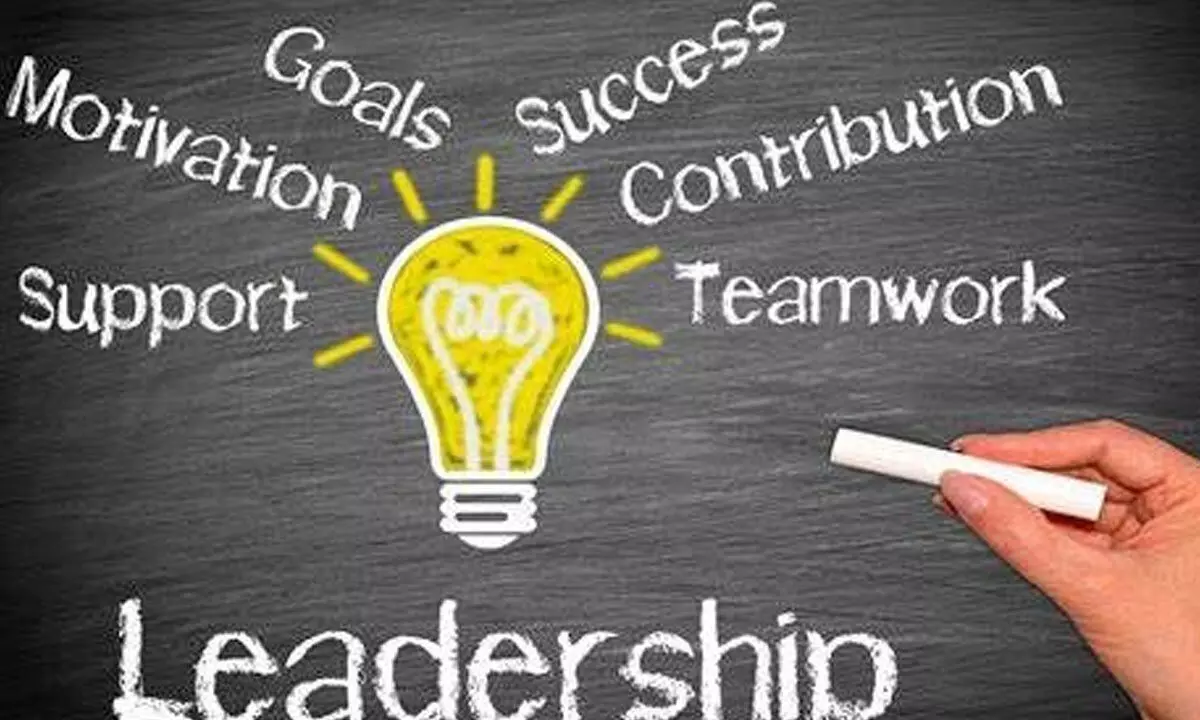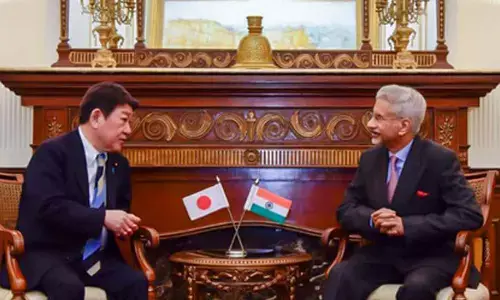Key strategies for effective leadership development programs

The landscape of leadership is shifting and shifting fast.
The landscape of leadership is shifting and shifting fast. The evolving expectations of today’s workforce, the ever changing business environment, new business models, business processes, constant change, has made it imperative for leaders to embrace flexibility, adaptability and continuous learning.
A significant shift for Controlling and directing, today’s most effective leaders are architects, fostering collaboration, innovation, and a shared vision to propel their teams and organizations forward. But how do we nurture these empowered leaders? The answer lies in well-designed Leadership Development Programs (LDPs).
A robust well designed LDP will enable an organisation to build a strong pipeline of future leaders, thereby driving sustainable growth. However, given the diverse needs of today’s talent, it is essential to look at LDPs from a new lens. Traditionally, one looked at the competencies one needed to succeed in an organisation, assess talent vis a vis those competencies using Assessment centres/ development centres and arrived at development plans.
LDPs involved a variety of activities aimed at developing leadership skills. These could include workshops, coaching, mentorship programs, rotational assignments across different departments, and opportunities to take on challenging projects.
Today, the workforce is so diverse, in their career aspirations, learning orientation, cognitive processes that designing a Leadership development framework needs a lot more preparation. It is not just enough to keep in mind the competencies required to succeed in the organisation at leadership levels, but also each individual talent’s unique strengths, their ways of learning, what will give them joy and satisfaction as they learn, apply their learning’s, see the impact, take pride in the results and grow. Tweaking the framework at critical milestones to improve effectiveness of the Learning journey, would make it more meaningful for the participants. This would mean designing the Learning journey using principles of design thinking and involving the participants in its evolution.
An important thing to remember is that one size does not fit all. Every organisation is unique, culturally, in terms of its maturity and life stage, the industry, the competencies and behaviours they wish to drive, as well as the participant demographic. So falling back on canned Leadership development programs off-the-shelf might not lead to any tangible benefit. However, co-creating one in partnership with key stakeholders can have long lasting sustainable and measurable benefit. Let’s look at some key components of this approach.
A Leadership Development Journey that truly makes a difference
It’s crucial to understand that Leadership Development Programs are immersive journeys designed to unearth and refine the unique strengths of each leader. Effective programs encompass a multifaceted approach, incorporating these key aspects:
Needs Assessment
The foundation of any strong LDP is a deep understanding of the organization’s current and future leadership needs. This involves analysing the existing leadership landscape, identifying strengths, opportunities and anticipating the evolving demands of the industry. Partnering with existing leadership, is critical in this phase.
Participant profile
Understand the participants well. Their appetite, capacity, preferred mode of participation. It’s time to challenge some misconceptions. “Participants will not take out time from business for more than 2 hours.” Or “People would prefer self-paced learning.”. The truth is that every one’s preference is different, and particularly when we want to drive sustainable behavioural change, which might require reflection, discussion, peer learning, participants might just surprise us with their amenability to different options. End of the day, it is about their learning and growth, and the decision needs to be theirs.
Tailored Learning Modules and multiple touch points
A one-track program for all leaders won’t suffice. Effective LDPs offer a variety of learning modules that cater to different learning styles, experience levels, and desired development. This could include experiential workshops on diverse topics, group or one to one coaching, dilemma coaching, micro learning modules, on the job assignments and projects, Speaker sessions and exposure to industry leaders and a lot more.
Tracking progress
The most impactful LDPs have milestones or pitstops where the key stakeholders take stock of the progress being made, and if need be, make modifications to the program design. Progress tracking might include certain tangible KPIs and certain qualitative observations.
Mentorship and Coaching: The Pillars of Empowerment
While knowledge is power, its effective application is the key to success.
Here’s where mentorship and coaching come
into play:
Mentorship: Matching aspiring leaders with seasoned veterans in the organization provides invaluable guidance. Mentors offer practical advice, share real-world experiences, and act as sounding boards for strategic decisions. This fosters a sense of trust and allows mentees to learn from the successes and failures of others.
Coaching: Effective coaches act as catalysts for growth. They help leaders identify their strengths and weaknesses, set development goals, and hold them accountable for progress. Through personalized coaching sessions, leaders gain deeper self-awareness, refine their leadership style, and develop the confidence to navigate challenging situations.
Building a Culture of Continuous Learning
Leadership development shouldn’t be a one-time event; it’s a continuous process. Here are some ways to foster a culture of continuous learning:
Action Learning Projects: Assigning leaders real-world projects with tangible outcomes allows them to apply newly acquired skills and receive feedback in a practical setting. This reinforces learning and demonstrates the program’s tangible value.
Knowledge Sharing
Platforms: Creating online forums, knowledge repositories, or internal social media groups encourages knowledge sharing among leaders. Peer-to-peer learning fosters a sense of community and allows leaders to learn from each other’s experiences and expertise.
Leadership Lunch & Learns: Hosting regular informal sessions where leaders can discuss industry trends, share best practices, or debate case studies is a great way to keep learning fresh and engaging.
The Ripple Effect: Empowering Leaders, Empowering Teams
Investing in leadership development isn’t just about creating better leaders; it’s about creating a ripple effect that empowers teams and ultimately drives organizational success. Here’s how:
Great leaders nurture new leaders- A big role effective leaders play is that they develop people in their teams to take on higher level roles and develop the second line of leaders, and this becomes a culture of the organisation.
Increased Employee Engagement: When leaders are equipped with strong communication and motivational skills, they can create a work environment where employees feel valued, heard, and empowered to contribute their best. This leads to higher engagement, improved morale, and a more productive workforce.
Enhanced Innovation and Problem-Solving: Effective LDPs cultivate leaders who can think critically, analyze challenges from diverse perspectives, and encourage creative solutions. This fosters a culture of innovation and equips teams to navigate the ever-changing business landscape.
Succession Planning and Talent Retention: Strong LDPs act as a breeding ground for future leaders. By identifying and nurturing high-potential candidates, organizations can ensure a smooth leadership pipeline and reduce talent turnover.
In today’s BANI (Brittle, Anxious, Non-Linear, Incomprehensible) world, effective, agile, adaptable, empathetic leadership is no longer a choice; it’s a necessity.
By investing in well-designed Leadership journeys, organizations can empower their leaders, unleash the full potential of their teams, and navigate the path toward a thriving and sustainable future. Remember, empowered leaders build empowered teams, and empowered teams build empowered organizations.
(The author is Founder Marching Sheep)














